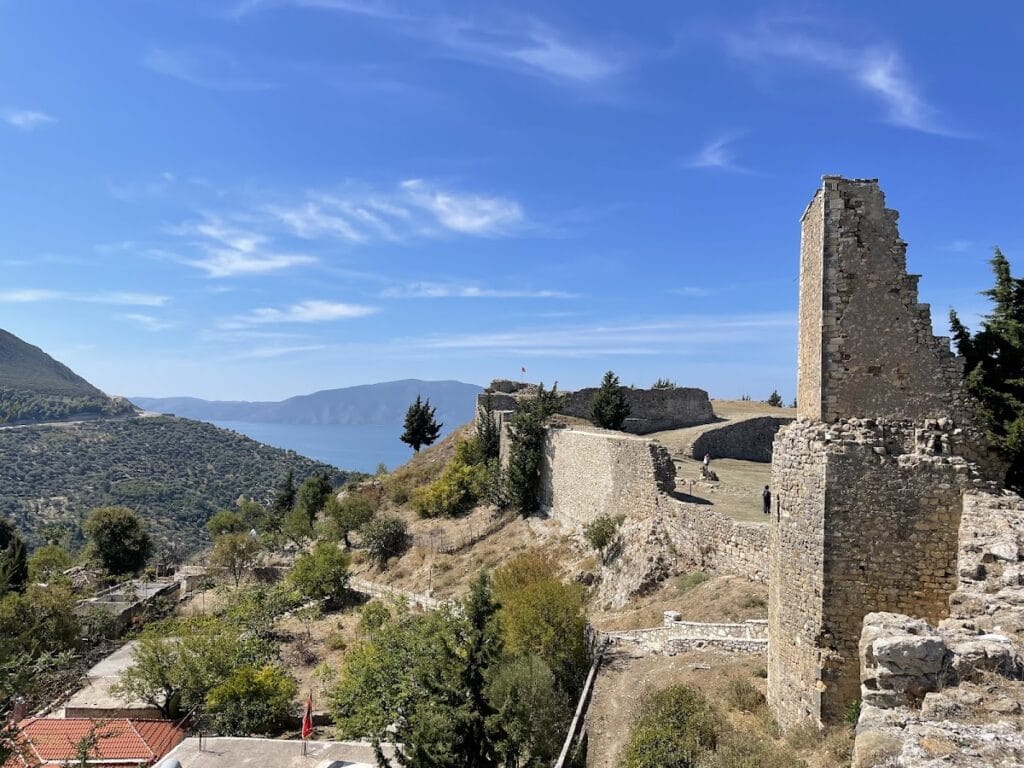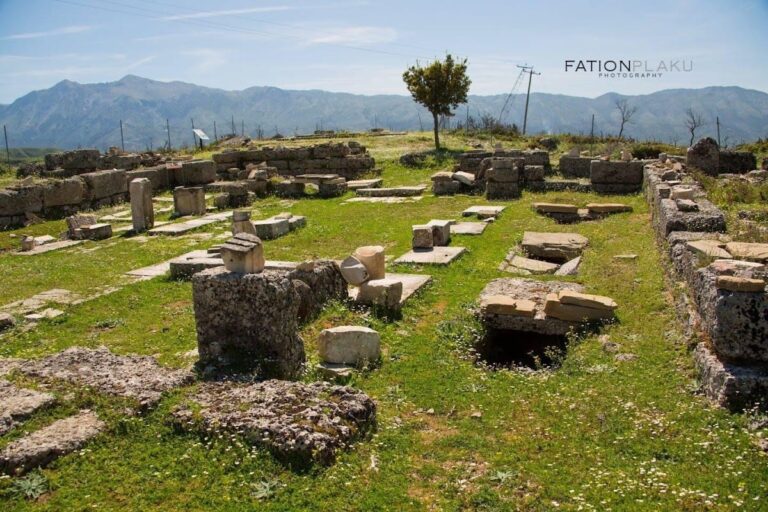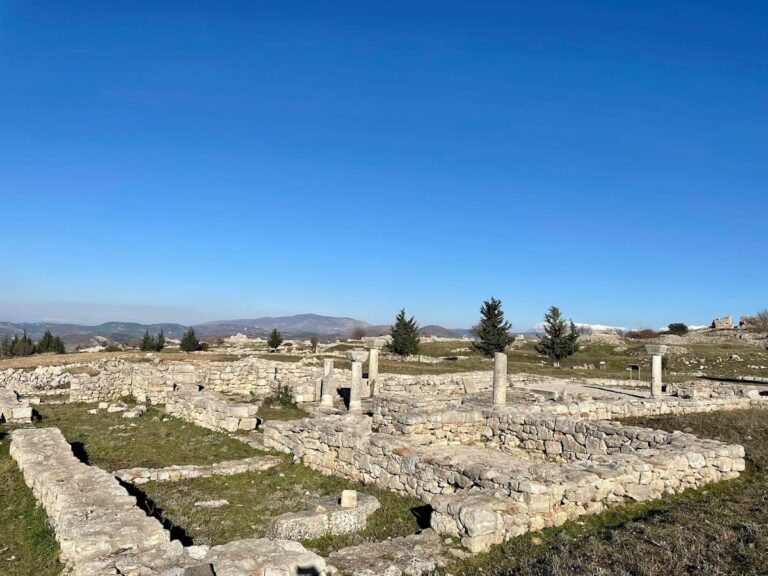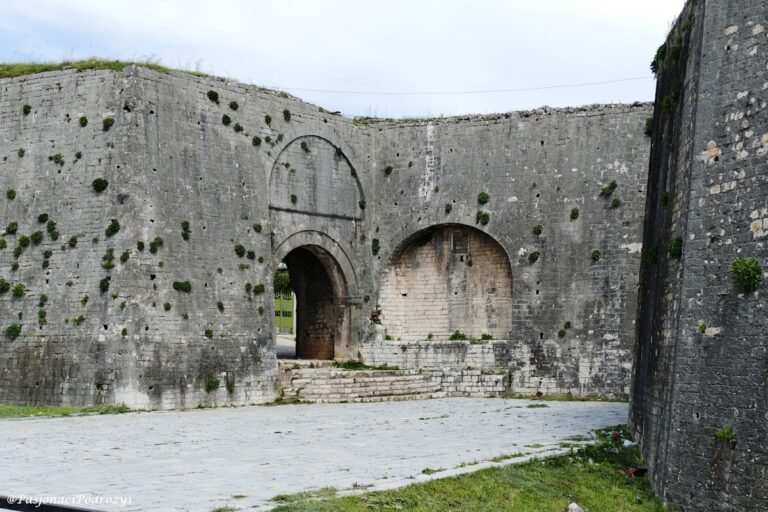Kanina Fortress: A Historic Military Stronghold in Albania
Visitor Information
Google Rating: 4.4
Popularity: Low
Google Maps: View on Google Maps
Country: Albania
Civilization: Unclassified
Remains: Military
History
Kanina Fortress is situated near the municipality of Kaninë in Albania. The site was originally constructed by the Romans in the 4th century AD, with subsequent developments reflecting a complex history of military and political control.
In the 6th century, the fortress underwent significant rebuilding under the Byzantine Emperor Justinian I. This renovation formed part of his wider defensive network in the Epirus region, where he restored nearly one hundred fortifications. The fortress, referred to as “Kionin” by the historian Procopius of Caesarea, played a strategic role in the region during this time.
During the medieval period, particularly in the 12th and 13th centuries, Kanina Fortress emerged as a key military stronghold within the Kingdom of Albania. It was a center for military organization and defense in the area surrounding Vlorë.
The fortress continued to be of importance through the Ottoman era. In 1530, Sultan Suleiman the Magnificent ordered repairs and reinforcements, which renewed its military capabilities. From the 17th century through to the 19th century, local Albanian feudal lords governing Vlorë also undertook restoration efforts, maintaining the fortress’s strategic relevance over several centuries.
Remains
Kanina Fortress covers approximately 3.5 hectares on a hill rising 380 meters above sea level, enclosed by a wall stretching about one kilometer. The defensive structure is divided into three sections by transverse walls, although today only the dividing wall on the highest part of the hill remains intact. This upper division was fortified with three towers that offered protection at the summit.
Historically, the fortress had four gates that controlled access and movement within its walls. One of these gates linked the uppermost section—considered the castle—to the lower parts of the fortifications, while the other three opened outward in different directions. The most well-preserved gate is located on the southern side. This gate features a robust hexagonal tower standing 3.4 meters tall, with an entrance 2.85 meters wide capped by a sectional arch. Its structure included double walls and an internal wooden beam designed for added security.
Unlike other castles in Albania, such as those in Shkodër, Krujë, and Berat, the entrances at Kanina were relatively straightforward. They lacked features like vaulted galleries or external barbicans—fortified outworks designed to protect gatehouses—and instead relied on flanking towers for defense.
The fortress’s towers showcase a variety of shapes, including circular, polygonal, triangular, and quadrangular forms, each revealing different periods of construction and repair. The earliest examples are small triangular towers that also acted as buttresses supporting the walls. These resemble similar towers found at the castles of Berat and Butrint. Today, seven towers remain standing, two of which are triangular in shape.
Historical records, including a 1688 plan, indicate that the fortress originally had fourteen towers. Among these were semicircular towers, similar to those on the Butrint acropolis, representing earlier phases of construction. Both semicircular and triangular towers feature walls built from stone with horizontal or irregular layers of bricks and tiles interspersed, reflecting ancient techniques and the reuse of older materials. The polygonal towers date from a later era and include small turrets, with their design and building methods closely resembling the fortified structures of 13th-century Durrës.
The interior of Kanina Fortress once contained various functional buildings, as described by the Ottoman traveler Evliya Çelebi. These included residential houses, facilities to house soldiers, ammunition storage, and structures related to water supply. While these buildings have not survived in complete form, their documented presence highlights the fortress’s role as a self-sufficient military installation.
Overall, the remains of Kanina Fortress reveal a complex history of adaptation and reuse, with architectural features that reflect centuries of shifting political control and military technology.










